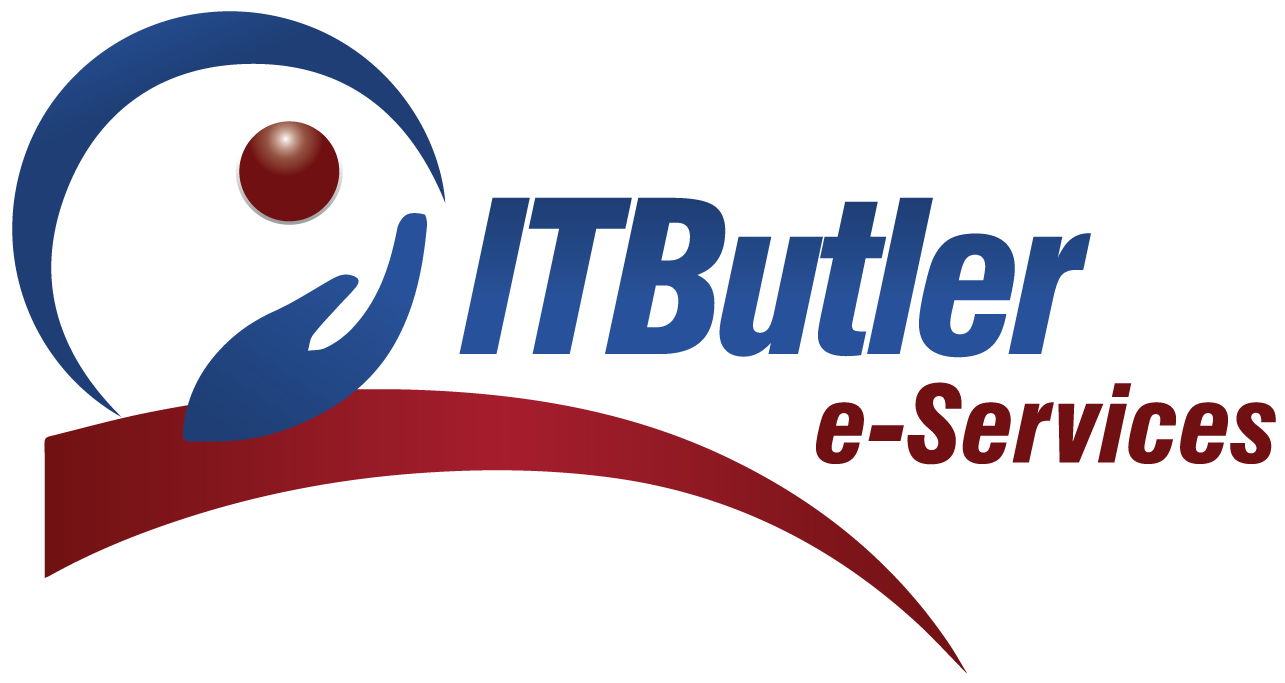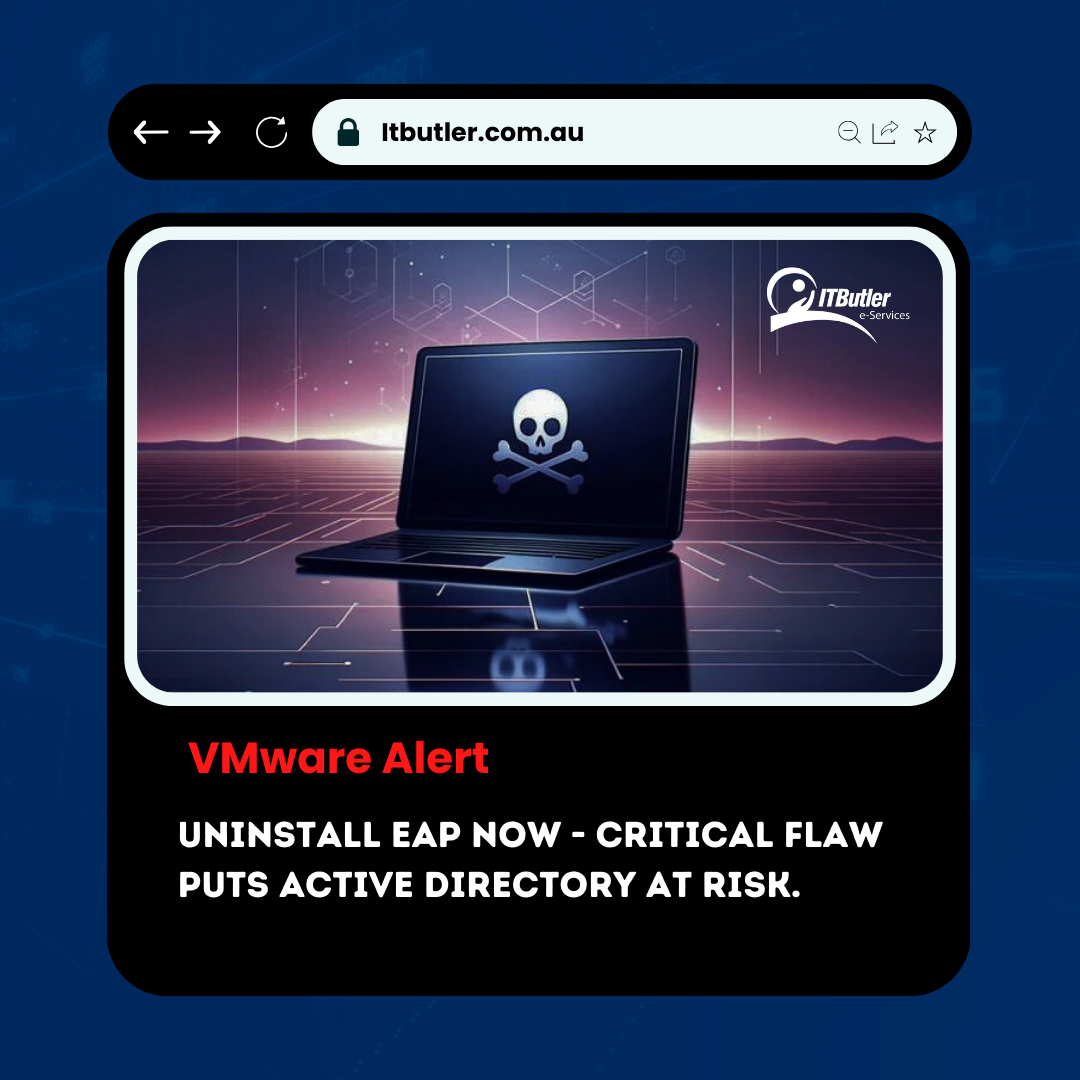In the ever-evolving landscape of cybersecurity, organizations rely on virtualization solutions like VMware to enhance efficiency and streamline their IT infrastructure. However, a recent and critical discovery has sent shockwaves through the virtualization community. A flaw in VMware’s EAP (Extensible Authentication Protocol) has been unearthed, posing a severe threat to Active Directory. In this blog post, we will delve into the details of this critical flaw, its potential consequences, and why immediate action is necessary.
Understanding the EAP Vulnerability:
The Extensible Authentication Protocol, commonly known as EAP, is a framework that enables different authentication protocols to be used in a standardized manner. It plays a crucial role in securing network communications, especially in environments where sensitive data and user credentials are prevalent, such as Active Directory.
The vulnerability in VMware’s EAP allows malicious actors to exploit weaknesses in the authentication process, potentially gaining unauthorized access to the network. Once inside, the threat actor could manipulate, steal, or compromise crucial information within the Active Directory infrastructure.
Potential Consequences for Active Directory:
Active Directory serves as the backbone of many organizations’ IT infrastructure, managing user identities, permissions, and access to resources. A compromise in its security could lead to disastrous consequences, including unauthorized access, data breaches, and the disruption of critical services.
The EAP vulnerability opens the door for attackers to bypass authentication mechanisms, making it easier for them to infiltrate Active Directory. Once inside, they can escalate privileges, exfiltrate sensitive data, and even disrupt essential services, causing significant operational and reputational damage.
Immediate Action Required:
In response to this critical flaw, VMware has issued an urgent alert, advising organizations to uninstall EAP immediately to mitigate the risk. While patches are being developed, the severity of the vulnerability necessitates proactive measures to prevent potential exploitation.
Organizations using VMware’s EAP should follow the provided guidelines for uninstallation, ensuring a thorough removal of the affected component. This immediate action will serve as a temporary safeguard until VMware releases a comprehensive and tested patch to address the vulnerability.
Mitigation Strategies:
As a stop-gap measure, organizations are encouraged to implement additional security measures to mitigate the risk posed by the EAP vulnerability. This includes monitoring network traffic for suspicious activities, enhancing access controls, and reinforcing authentication processes.
Furthermore, organizations should conduct thorough security assessments to identify any signs of compromise within their Active Directory infrastructure. This proactive approach can help detect and neutralize potential threats before they escalate.
Collaboration and Communication:
In times of critical vulnerabilities, collaboration and communication are paramount. IT and security teams should work closely to ensure a swift and coordinated response to the threat. Additionally, organizations should stay informed through official channels, such as VMware’s security advisories, to receive timely updates and guidance.
Conclusion:
The discovery of a critical flaw in VMware’s EAP has raised significant concerns about the security of Active Directory within organizations. The potential consequences of exploitation are severe, ranging from data breaches to service disruptions. VMware’s proactive alert and recommendation to uninstall EAP underscore the urgency of the situation.
In this rapidly evolving cybersecurity landscape, organizations must remain vigilant and responsive to emerging threats. Uninstalling EAP, implementing mitigation strategies, and staying informed through official channels are crucial steps to safeguarding Active Directory and maintaining the integrity of IT infrastructures. As the cybersecurity community collaborates to address this vulnerability, organizations must prioritize the security of their systems and data to withstand the ever-present challenges of the digital age.






